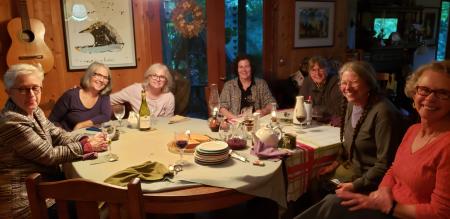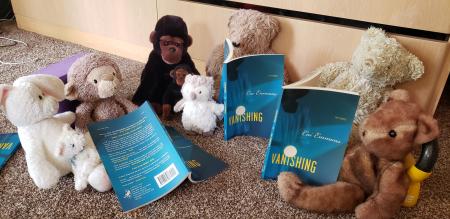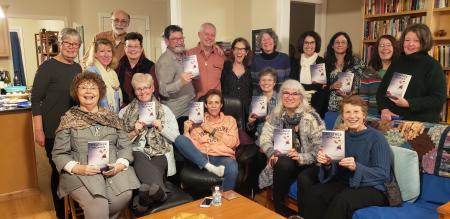Below are some questions that might serve as prompts for your group’s discussion. They are by no means exhaustive, only a starting point. I have also included some questions for writers about the craft techniques I’ve employed.



HIS MOTHER’S SON
This novel, about a female emergency room doctor whose brother has committed extreme violence, explores the origins of violence, the forces of nature and nurture, and whether we are doomed to repeat family patterns of behavior.
Questions for readers:
- What do you understand to be the origins of violence?
- How do you see the interaction of nature and nurture playing out in people’s lives? Which force is more powerful?
- Near the end of the book, is Jana justified in helping her brother die? What are the implications of this action for her? Should she be prosecuted?
Question for writers:
- At a number of points in the story, particularly when Cady/Jana is feeling stressed, the point of view shifts to the second person. Discuss the various ways the second person can be used effectively. Have you tried to use it in your own work? If so, how did it work.
THE STYLIST
In this novel Hayden Risley, Harvard dropout turned hairstylist, forms a friendship with a coworker, Emory, who began a transition to becoming a man but has halted it. The surprise of this friendship prompts Hayden to make peace with her estranged family of origin.
Questions for readers:
- Many of the characters in The Stylist are trying to remake themselves in some fundamental way. Hayden tries to shed her privilege, Emory seeks to shift gender identification, Angus creates a new family in a country not native to him. Have you ever tried to change yourself in a major way? How did it work out?
- Have you ever felt confined by your gender? Discuss.
Question for writers:
- The early part of the story is told exclusively from Hayden’s point of view, but gradually the book’s viewpoint widens to take on Emory’s point of view, Hayden’s father’s point of view, and even the viewpoints of some of the minor characters. How does this widening of viewpoint serve the story?
WEATHER WOMAN
Bronwyn, the main character in Weather Woman, a meteorologist, discovers she has the power to change the weather. Since she’s been trained as a scientist, it takes her a while to accept that she has this power. Then, when she does accept it, she must confront the reactions of other people, some who believe her, others who don’t. This is particularly challenging with her former mentor. Finally, Bronwyn must figure out how to use her power in useful ways, without doing further damage to the Earth.
Questions for readers:
- The characters in the book have different lenses (belief systems) through which they understand the world. Identify some of those different lenses or belief systems. What is your primary lens for understanding the world?
- Discuss the complicated relationship between Bronwyn and her mentor, Dr. Diane Fenwick.
- What does Bronwyn come to understand in her interaction with the white fox near the end of the book? How will this inform her going forward?
Questions for writers:
- There are a number of places throughout the book when events move away from strict realism into the fantastical. How does the writer deploy language to address these shifts?
- How can you stay focused on a central character (Bronwyn) when you are presenting multiple points of view?
VANISHING
The stories in Vanishing are united by the fact that all of their female protagonists are having difficulty finding traction in their lives. The rug has been pulled out from under them in various ways, and they feel passed by and invisible.
Questions for readers:
- Is this feeling of invisibility something you have ever experienced? Discuss.
- Does our culture overlook women? In what ways? Are men overlooked too?
- How do you imagine the lives of these characters will work out after the stories end? Which ones will have satisfying lives and which ones seem somewhat doomed?
Question for writers:
- If you were writing a story collection and wanted to unify it by having the stories speak to each other in certain ways, how would you approach it? What are some unifying techniques?
NOW WRITE
This book is an anthology of writing exercises devised by writers and teachers of writing. My offering is called “Braiding Time,” and it serves as a prompt to think about how to enrich characters by thinking about their pasts, their futures, as well as their present. I recommend the book for writers who are looking for ways to stretch their imaginations and their techniques.